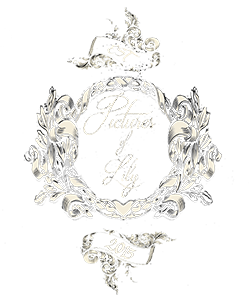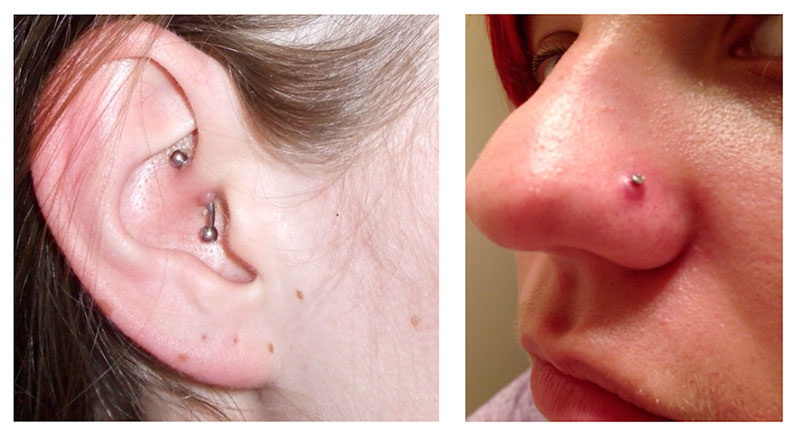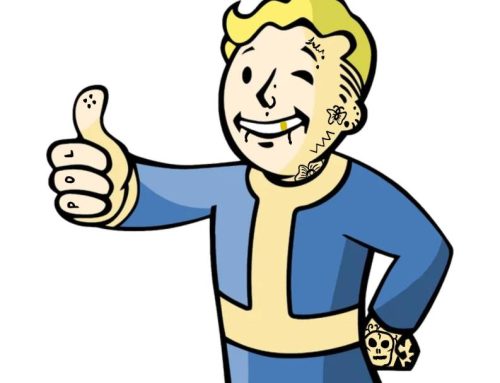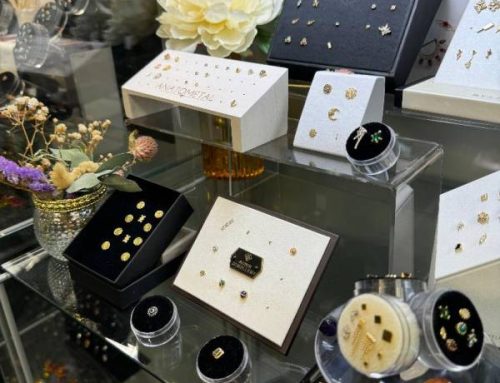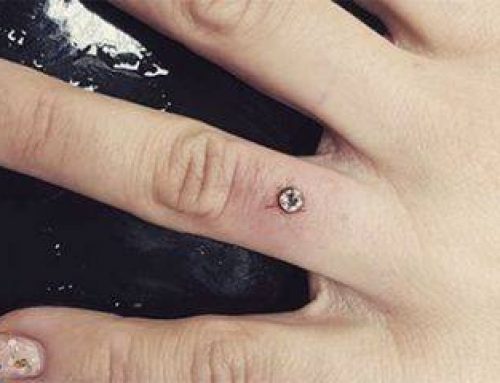Lumps and bumps on your piercings? This is one of the most common issues people can have especially with cartilage and navel piercings. The main thing is not to worry and most importantly, you do not need to remove your piercing. These things are easily dealt with and require just a little patience and care; you can get rid of them, so the whole thing is not to panic!
Your piercing will heal in three stages:
- The first stage is the inflammatory stage in which your wound is still open.
- The second stage is growth stage in which your body produces collagen.
- The final stage is remodelling or maturation stage in which disorganised collagen fibres repair and realign.
Often people will think their piercing is healed fully after a few weeks, due to the fact it seems to be OK and not sore. This is great news, as it means you’re healing well and looking after your piercing, BUT at this stage it is only surface healing and very early on in the healing process. Don’t be tempted to change your jewellery yet as this can irritate your piercing. Always check with your piercer first before changing jewellery and we would advise sticking with high quality jewellery such as implant-grade titanium or solid gold (not below 14K). At Pictures of Lily we only pierce with sterilised, hand-polished, implant grade titanium, the best you can get, with the lowest amount of nickel. (https://www.bodyjewellery.co.uk/blog/2011/09/the-ec-nickel-directive-body-piercing-jewellery/)
So, what are these lumps I hear you ask? Now, I don’t want to bore you too much, so I won’t go into too much detail:
- Hypertrophic scarring is probably the most common lump and bump on piercings. This is basically an irritation bump and is a build-up of collagen, which your body creates when healing a scar. It is NOT keloid scarring, this is something very different and is very uncommon and would generally require surgery. Why do these bumps appear? Normally they are caused by some form of irritation to your piercing and so it’s a process of elimination as to what the irritating factor is.
There are many ways of dealing with the issues of lumps and bumps and this blog is to try and help you decide which is best and give you some guidelines.
First and foremost it is important to remember you essentially have what is an open wound in your body, so NO TOUCHING! Your hands, your hair, mobile phones etc. etc. are not sterile and each time they come in to contact with the piercing it is encouraging bacteria in to the hole. LEAVE IT ALONE!
Keeping it clean & dry is vital, so no going go bed with wet hair and dry it off thoroughly with the hairdryer after showering, cleaning etc. The more you touch and fiddle with your new piercing, the more likely it is you will have problems and develop lumps and bumps.
Check that the jewellery you have is of a good quality and the right size and shape (we can tell you that); at Pictures of Lily, we only use top quality jewellery. We don’t recommend changing jewellery too soon or if you are having healing problems, as this will only irritate the piercing further. Poor quality, incorrect and ill-fitting jewellery can cause problems, so if it is the jewellery that is causing the problem, go to a reputable piercer, using approved jewellery for it to be changed.
DO NOT buy jewellery from the internet, as you can not guarantee the quality. Reputable body jewellery manufacturers will only sell to registered piercers and studios. We only recommend the following materials:
- Alloyed Titanium (Ti6Al4V ELI) that is ASTM F136 compliant or ISO 5832-3 compliant
- Alloyed Titanium (Ti6Al7Nb ELI) that is ASTM F1295 compliant or ISO 5832-11 compliant
- Solid 14 karat or higher yellow, white, or rose gold that is nickel and cadmium free.
Gold jewellery used for initial piercing must not be:
-
Plated, unless using materials approved by this standard over solid 14 karat or higher yellow, white, or rose gold that is 14k or higher, or white rhodium.
-
Gold-filled
-
Gold overlay/vermeil.
-
- Solid unalloyed or alloyed platinum that is cadmium, nickel, and lead free.
- Unalloyed Niobium (Nb) that is ASTM B392 compliant.
- Glass that is lead free.
BE PATIENT with your piercings and don’t change the jewellery if it’s not ready!
Many piercings are in places that are prone to getting knocked and caught, this inevitably will lead to healing issues and probably developing bumps, so try your hardest not to knock your piecing or sleep on them (try using a travel pillow if you’re having problems). Excessive swelling can also occur on a piercing that has been snagged, which causes immense pain to the area, so in this instance you will need to get to a professional piercer to get your jewellery changed to a longer bar to allow for the swelling, relieve the pressure and prevent the jewellery from embedding. Again, do not confuse this with infection. A cold compress can help with swelling, just like you would with any other swelling, but ensure it is clean.
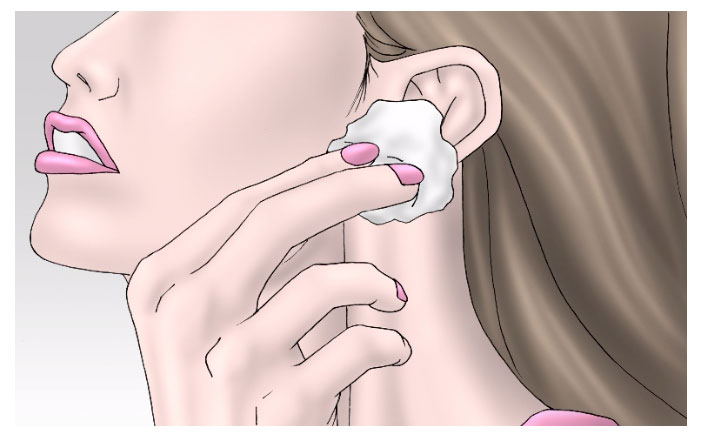
OK, so the question you’re probably asking is how do I get rid of these lumps and bumps? There are so many gimmicks out there and ways of dealing with them, but to be honest the best thing to do is the following:
– Chamomile tea – Chamomile is very soothing and has no detrimental effect. It may sound like some sort of hippy idea, but believe me it works! Boil up a cup of chamomile tea, let it cool a little so you don’t scald yourself, soak a cotton ball/pad or clean gauze in it and gently hold on to the area (do not jiggle it about, just hold it on). When the compress goes cold, repeat with another; do this 4 or 5 times, once a day for a week (or until the bumps go, if sooner). Then pat it dry GENTLY with a clean piece of kitchen roll and the best thing is to dry it with the hairdryer on a cool setting so it is bone dry, then you don’t need to touch it. If it is still there after a week, continue treatment for another week.
Try to keep the area as dry as possible and LEAVE IT ALONE! I know I keep harping on about not touching it, but it’s surprising how many people pick and play with their piercings. PATIENCE and a little bit of TLC will go a long way. A healthy immune system will also be beneficial to healing.
Be consistent and keep to your treatment regime.
Using anti-inflammatory drugs temporarily can also help with swellings, so if it’s particularly swollen and tender, then pop an Ibroprofen (if you can safely take this drug).
Infections are very rare and many people confuse normal healing problems with infection. Lumps and bumps DO NOT denote infection and neither does a tender piercing with discharge and swelling. If a piercing was infected, you’d know about it, It would be INCREDIBLY sore and tender, swollen, hot to touch, abnormal discharge, which could possibly smell and you will even get a fever. This would need clearing up with antibiotics, but again, there is no need to remove the jewellery as keeping it in would help drain an infection. This said, if you had poor quality or ill-fitting jewellery, then you would need to change it. We would always encourage you to contact us first, so we can assess the issue and if a doctor is required we will refer you, otherwise we will treat accordingly.
SO TO ROUND IT UP:
- Eliminate the irritating factor causing the problem
- Poor quality, ill-fitting jewellery – You need to go to a professional piercer to remove it and replace (DO NOT buy of the internet & try to do it yourself)
- Have you knocked it?
- Have you been picking at the crust or touching your piercing? STOP
- Have you been drying it properly after showering, washing your hair etc?
- Use chamomile tea hot compresses daily
- Dry your piercing off every time it gets wet with hairdryer to ensure it is bone dry; moisture irritates piercings
- DON’T do Dr Google
- DON’T put any oils, creams or potions on to the bumps
- DON’T listen to your friends who will all become piercing experts!
- DON’T get make-up, make-up remover or harsh facial washes in your piercing
- DON’T go to bed with wet hair if it’s an ear piercing
- DON’T let clothes rub & catch on body piercings
- Contact us first before doing anything and we will advise you
- Avoid knocking or sleeping on your new piercing
For a healthy, happy piercing it is important to maintain a strong immune system, practice good personal hygiene and follow our advice.
Disclaimer: These suggestions are not to be considered a substitute for advice from a medical professional.
